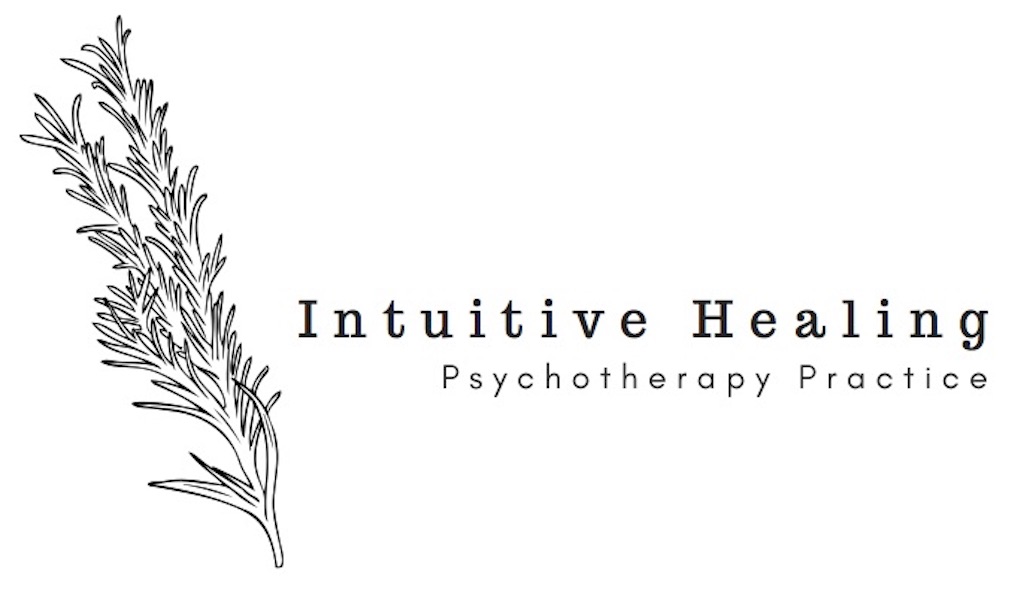Using the Body as a Tool Pt. 2: Tense and Release
Ronni Umles, MHC
What do you do with the tension held in your body? Do you know what the tension feels like and how it presents? Do you know why the tension is there to begin with?
If you’re seeking to become attuned to your body’s emotional needs these are important questions to ask. In my last post, I led you through a body scan. While the body scan is a seemingly simple and short mindfulness activity it can be quite challenging, especially for those who experience dissociation and/or resistance.
Arielle Schwartz, Ph.D., defines dissociation in The Complex PTSD Workbook as “a biological protection that disconnects you from threatening experiences creating a division between the part of you involved in daily living and the part of you holding emotions, fear, shame, or anger.”
The important takeaway from this definition is that dissociation - as well as our fight or flight reaction - is a biological response. When we go into fight, flight, or freeze following a highly stressful situation or prolonged trauma, the choice is ultimately made for us before we have an opportunity to decide how to respond. Our bodies, mind, and emotions in these moments are working together to protect us from the experience. The unfortunate result is that we still become imprinted with the trauma or stressful event until we are ready to process it.
Resistance, on the other hand, is a choice. Feeling resistant to accepting and acknowledging challenging emotions like fear, shame, or anger is an understandable response. The fact remains that our deep-felt emotions can be just as intense as any kind of physical sensation. However, because our emotions and bodies work as a unit, unfelt feelings may unconsciously become stored within creating tension, pain, illness, and/or general discomfort. John E. Sarno, MD in his book Healing Back Pain advocates for more acknowledgment from the medical community to consider our psychological state as it pertains to our physical health. Sarno speaks about tension as part of an unconscious emotional response to difficult feelings and how it then manifests itself into the body by creating a physical reaction.
The body scan is just one way to invite all three mind, physical, and emotional states to connect. Another way to practice befriending our body is through tension and release. The tense and release exercise are more active in that we are actively tensing our muscles for 3-5 seconds and then releasing them for full relaxation. Since tension and emotions are linked, this is also a practice in engaging with our feelings. Let’s give it a try.
Lie down on your back either on a yoga mat, carpet, floor, bed, wherever feel safe and comfortable. Let your feet and hands separate.
Begin to breathe deeply, in through your nose and out through your mouth.
Settle in, feel the heartbeat, and notice the sensation of the chest rising and fall.
Starting from your toes, curl them up and hold them tight for 3-5 seconds, and release.
Tense your feet to the back of your heels, hold and release.
Tense your calves as tight as you can, hold and release.
Tense your knees, hold and release.
Tense your thighs and hamstrings, hold and release.
Tense your hips, glutes, and sit bones, hold and release.
Tense pelvis and lower abdominals by pushing them down into the floor, hold and release.
Tense your stomach and core, hold and release.
Tense your lower and middle back, hold and release.
Tense your chest, hold and release.
Tense your fingers and hands, hold and release
Tense your forearms and upper arms, hold and release.
Tense your upper back and squeeze the shoulder blades together, hold and release.
Tense the neck and throat, hold and release.
Tense the muscles in the face by tightly squeezing and scrunching them together, hold and release.
Rest now in full relaxation by just lying still. Notice any areas that may feel different in ease or challenge. Pay attention and observe. This is a great exercise to do after physical activity, meditation, journaling, before sleep, the options are endless.
Until next time,
Ronni Umles, MHC
